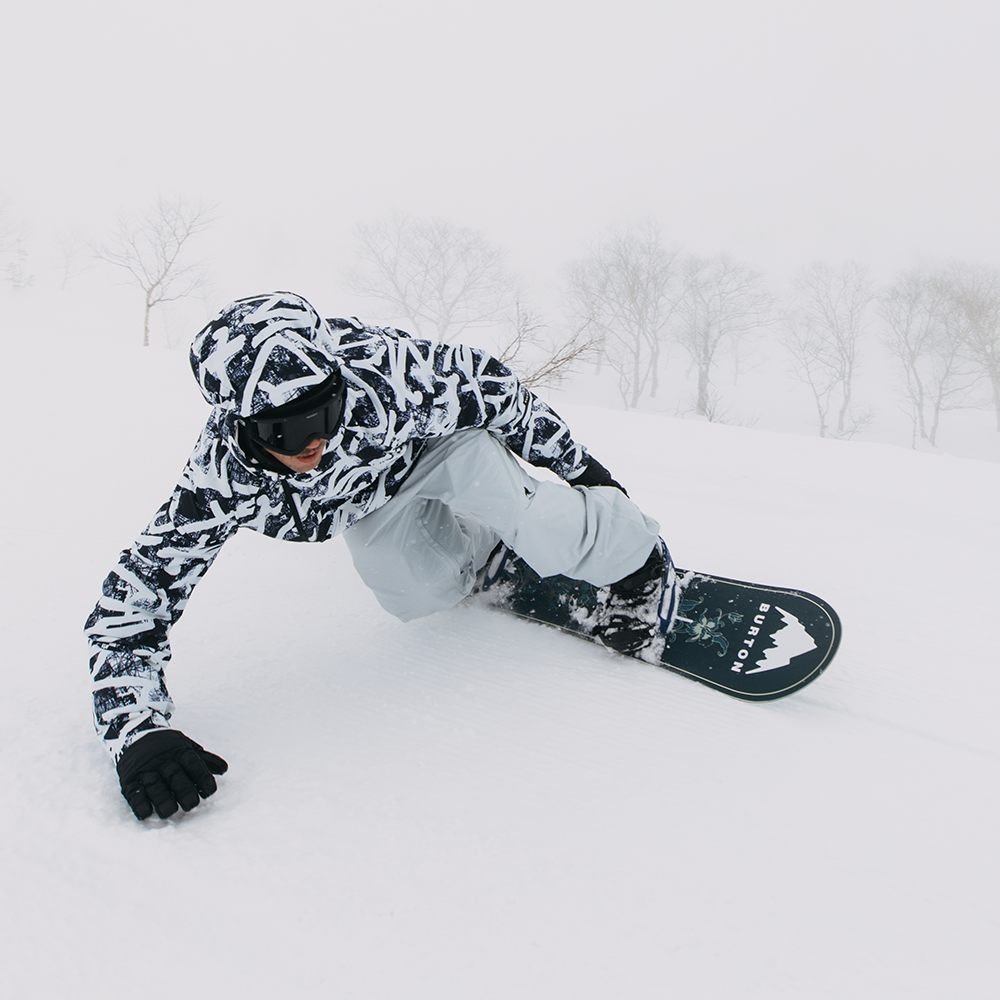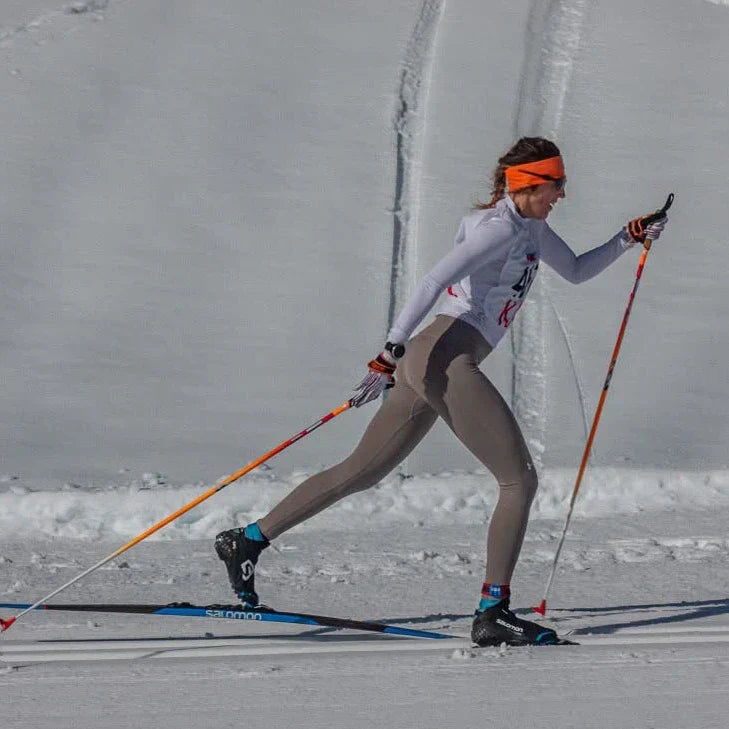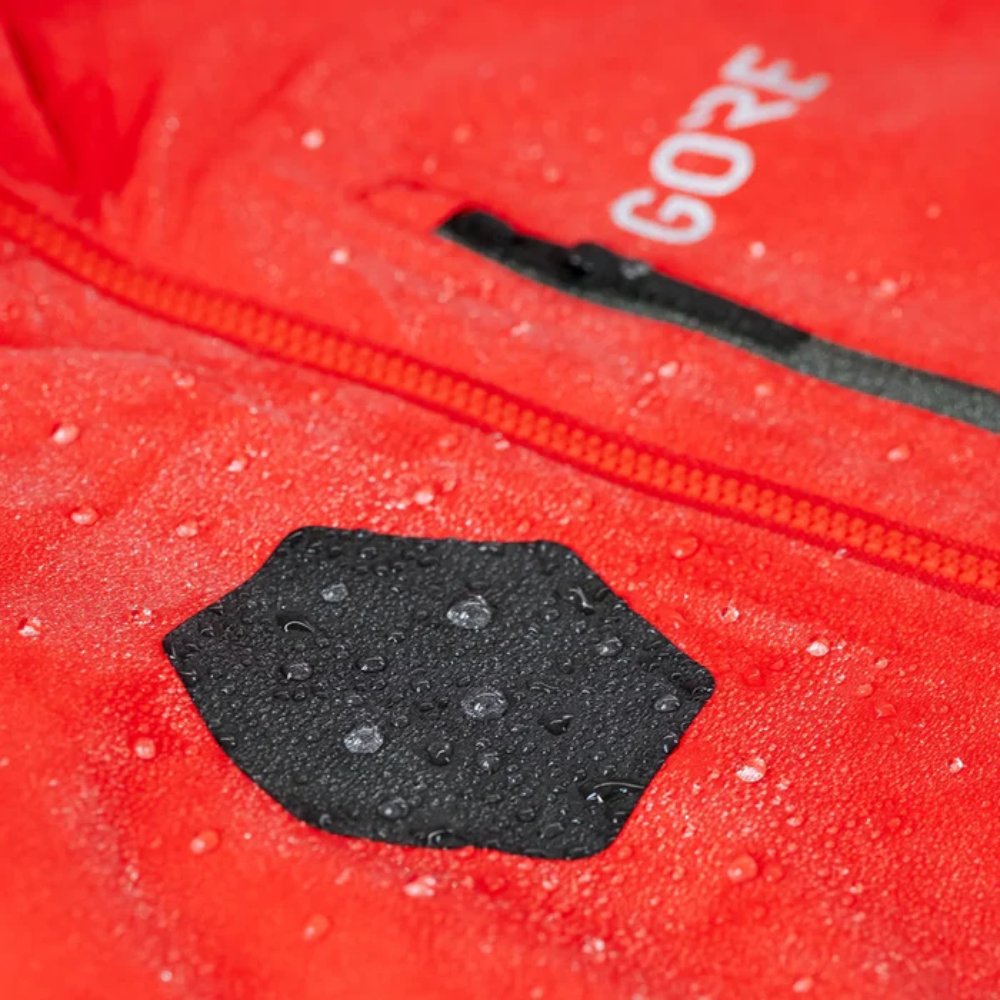Posted by Emily Dorahy on
02 6452 2303
Blog
$${ cart.attributes.total }
Loading
${ cartItemCount }${ cart.item_count }
itemsitem Total
AUD ${ cart.total_price | currencyFromCents }
Your bag is currently empty.
Popular Searches
Top Suggestions
Popular Searches
Categories
Brands

Rhythm Blog
No results found.
Please Try Again
No results found.
Please Try Again
Categories
Brands
Rhythm Blog




















